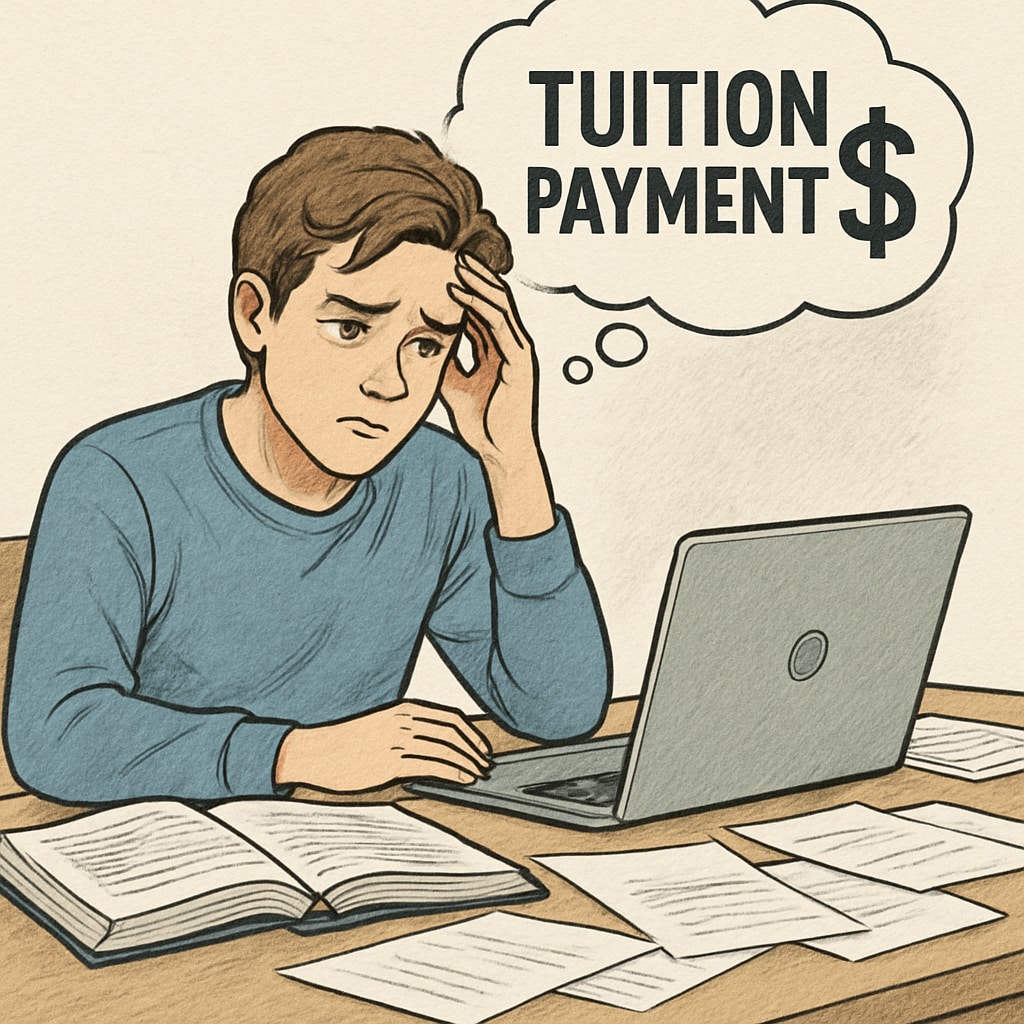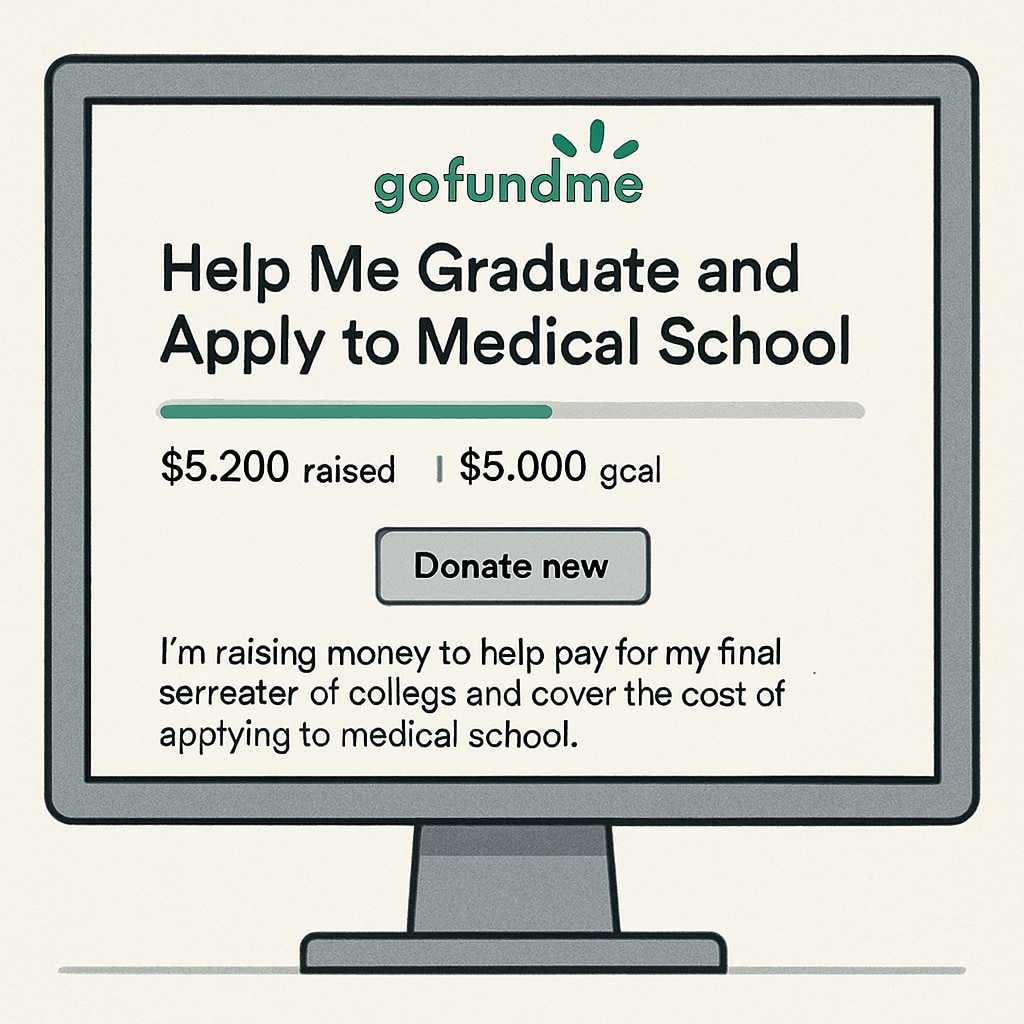The rising cost of tuition continues to challenge many college students in the United States. One student, navigating financial hurdles, has turned to crowdfunding platforms like GoFundMe to secure funding for their final semester and medical school applications. This story reflects a broader issue within the American education system: the financial gap between K12 education and higher education funding.
The Financial Disconnect Between K12 and Higher Education
While the K12 education system in the U.S. benefits from significant public funding, the transition to higher education often leaves students grappling with steep tuition costs. Federal and state funding for elementary and high schools ensures basic education is accessible, yet higher education relies heavily on tuition fees, scholarships, and loans. This disparity creates a financial disconnect that impacts students from low-income and middle-income families disproportionately.
For example, according to Britannica, public K12 schools receive funding through tax revenues, making education free or affordable for most families. However, college tuition, even in public institutions, has increased steadily over the past two decades. Students often find themselves relying on financial aid packages that may not fully address their needs, leading to significant debt or, in some cases, the inability to complete their education altogether.

Crowdfunding Platforms: A Modern Solution for Tuition Aid
Crowdfunding platforms like GoFundMe have emerged as alternative solutions for students facing financial hardships. These platforms allow individuals to share their stories, highlight their goals, and request financial support from friends, family, and even strangers. For one college student, turning to GoFundMe became a lifeline for completing their degree and preparing for medical school applications.
This student’s campaign illustrates the growing trend of students using online fundraising to bridge the gap between their aspirations and their financial realities. While effective in some cases, crowdfunding is not a sustainable solution for systemic issues. The reliance on personal networks and the variability of success leave many students without adequate support.
In addition, Wikipedia notes that student debt in the U.S. exceeds $1.7 trillion, underscoring the need for broader reforms in higher education funding. Crowdfunding might alleviate individual pressures, but it cannot address the structural inequities within the system.

Preparing Students in K12 for Higher Education Costs
One way to address this financial gap is by equipping students during their K12 years with tools and knowledge to navigate higher education costs. Financial literacy programs, early exposure to scholarship opportunities, and transparent discussions about college expenses can prepare students and families for the realities of higher education.
- Financial Literacy: Integrating budgeting, savings, and loan education into high school curricula can help students make informed decisions about their college finances.
- Scholarship Awareness: Schools can provide resources and workshops to help students identify and apply for scholarships and grants early.
- College Cost Transparency: Educators can work with students to assess the potential costs of college, including tuition, housing, and books, enabling families to plan ahead.
By addressing these issues at the K12 level, students can enter college with greater financial preparedness and reduce their reliance on alternatives like crowdfunding.
The Road Ahead: Reforming Education Funding
The story of a student turning to GoFundMe to complete their education is a stark reminder of the gaps in the American education system. While platforms like GoFundMe provide temporary relief, they are not long-term solutions. Systemic change is needed to ensure higher education is accessible and affordable for all.
Policymakers, educational institutions, and communities must collaborate to close the financial gap between K12 and higher education. Initiatives such as expanding federal grants, reducing tuition costs, and increasing public funding for colleges can make significant strides in bridging this divide. Only through sustained efforts can the dream of accessible education become a reality for every student.
Readability guidance: This article uses short paragraphs and lists to improve readability. Active voice dominates the text, and transitional words (e.g., “for example,” “however,” “in addition”) ensure smooth flow between ideas.


